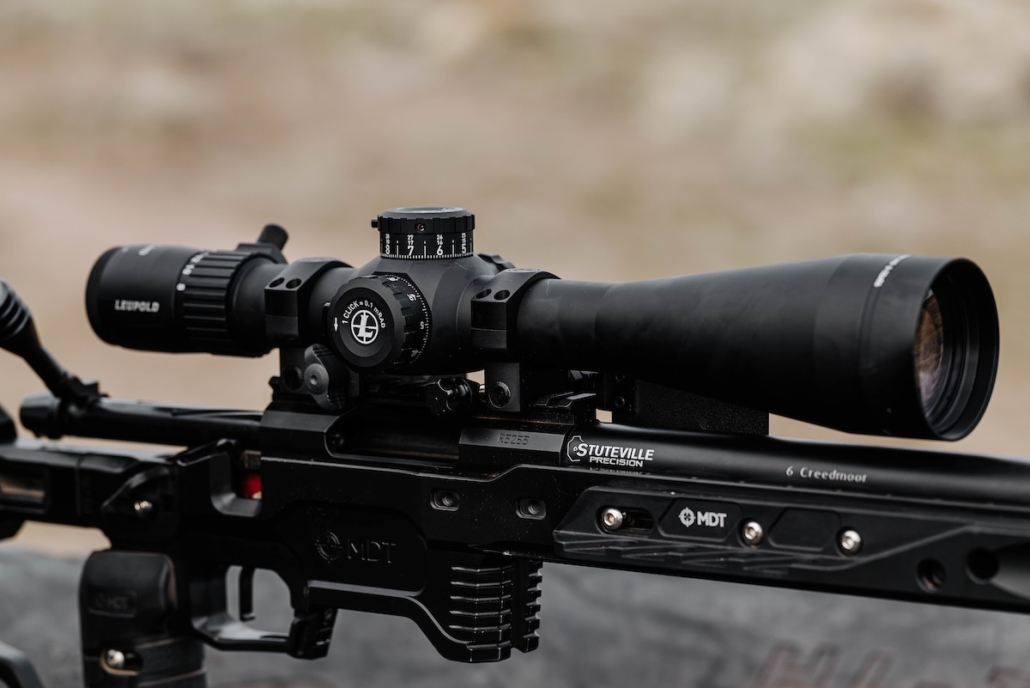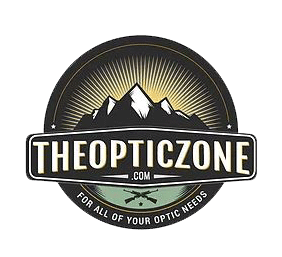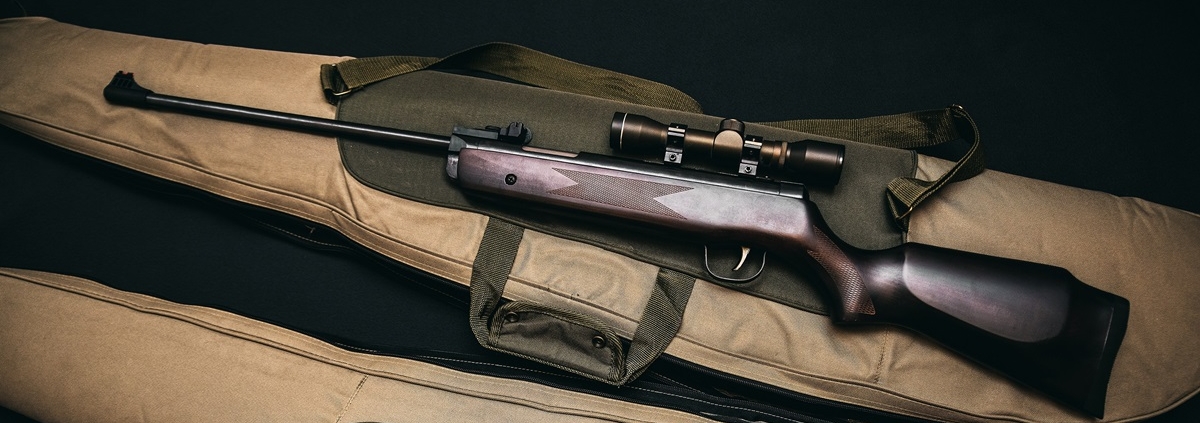Top Considerations before Buying your next Rifle Scope
One of the most important things to think about after buying a rifle is the right scope to go with it. When hunting or shooting, you will likely be aiming at an animal or target far away. A rifle scope will allow you to easily see your target and aim more accurately. There are a variety of factors that must be taken into consideration when choosing on a scope. Here are some things to consider when shopping for the best rifle scope for your specifications.

Magnification
Magnification plays a pivotal role in the functionality of a rifle scope, offering the ability to extend one’s vision. It stands as the foremost factor determining the scope’s effectiveness. The first set of numerical value in a rifle scope title implies to the degree to which vision is enhanced compared to natural eye sight. For instance, a fixed scope labeled as 2x signifies the ability to observe objects at a distance twice that of unaided vision whereas a variable scope that is 3-9x has the ability to zoom out from 3x to 9x the magnification of the human eye.
Selecting the appropriate magnification hinges on the intended shooting distance. Optimal performance is achieved by matching magnification to target range. For shorter distances, lower magnification suffices, whereas distant targets necessitate higher magnification levels to ensure clarity and precision. Thus, understanding the relationship between magnification and shooting distance is essential for maximizing the utility of a rifle scope.
Scope Weight
Scope weight varies among different models, presenting a factor to consider based on your intended usage. While the weight of a scope might seem inconsequential in certain scenarios, it becomes significant when mobility is a primary concern.
For stationary hunting, where relocation is minimal, the weight of the scope holds less significance. However, for dynamic hunts across varied terrain, such as deer hunting in mountainous regions, a lighter scope becomes essential. Carrying a heavier scope over long distances can impede mobility and add unnecessary strain, potentially compromising the hunting experience.
Therefore, understanding the correlation between scope weight and intended hunting conditions aids in selecting the most suitable equipment, ensuring both comfort and performance throughout the expedition.
Reticle
Commonly referred to as a reticle, the crosshair in a rifle scope serves as a predictive tool to enhancing shooting accuracy. The diversity of reticles available offers hunters and shooters a range of options to suit their preferences and shooting conditions.
When choosing a reticle, the first determination to consider is what the scope will be used for. Reticles for hunting, target shooting or long range shooting all have different functions. In today’s market, there is a large emphasis on ladder style reticles which are used mainly for long range shooting. These types of reticles would not be suitable for a basic hunting rifle. These reticles can become very busy and cover a large portion of the animal that you are targeting. Whereas the ladder reticle is great for long range shooting when you need to adjust to elevation and windage situation.
Another key consideration influencing shooting precision is the thickness of the reticle lines. A thicker reticle enhances visibility, particularly in low-light environments, facilitating easier target acquisition. However, this convenience may come at the expense of precision, especially when aiming at distant targets, as the thicker lines may obscure finer details. Conversely, a thinner reticle offers heightened accuracy by minimizing obstruction of the target, allowing for more precise aiming. Though it may pose challenges in low-light situations, the trade-off in enhanced accuracy can be invaluable, particularly for long-range shooting where precision is paramount.
Thus, selecting the most suitable reticle thickness involves weighing the trade-offs between visibility and precision. This aligns with individual shooting preferences and environmental conditions to optimize shooting performance.
Objective Lens Size
The objective lens, positioned nearest to the rifle barrel, is a critical component of a rifle scope, impacting its performance in various ways. It’s denoted by the number after the magnification (X). For instance, in a scope that is a 3-9x40mm, the objective lens diameter is 40 millimeters.
The size of the objective lens directly influences the amount of light transmitted through the scope. A larger objective lens diameter facilitates the entry of more light, resulting in a brighter image. However, it also adds weight to the rifle setup. Conversely, a smaller objective lens allows less light transmission, leading to a darker image. This in return offers the advantage of reduced weight, particularly beneficial for extended periods of carrying during hunts or maneuvers.
Choosing the appropriate objective lens size involves striking a balance between image brightness and weight considerations. Tailoring to the specific requirements and preferences of the shooter. Understanding this interplay allows shooters to optimize their equipment selection for enhanced performance in diverse shooting environments.

Conclusion
A rifle scope allows you to aim with precision and accuracy whether you are shooting at game or a target. Some of these scopes are heavier and made for long precision shots, while others are lighter and easier to carry long distances. Determining how you plan to hunt will help to make this decision. Visit our store to find the right rifle scope for your hunting trip.



Leave a Reply
Want to join the discussion?Feel free to contribute!